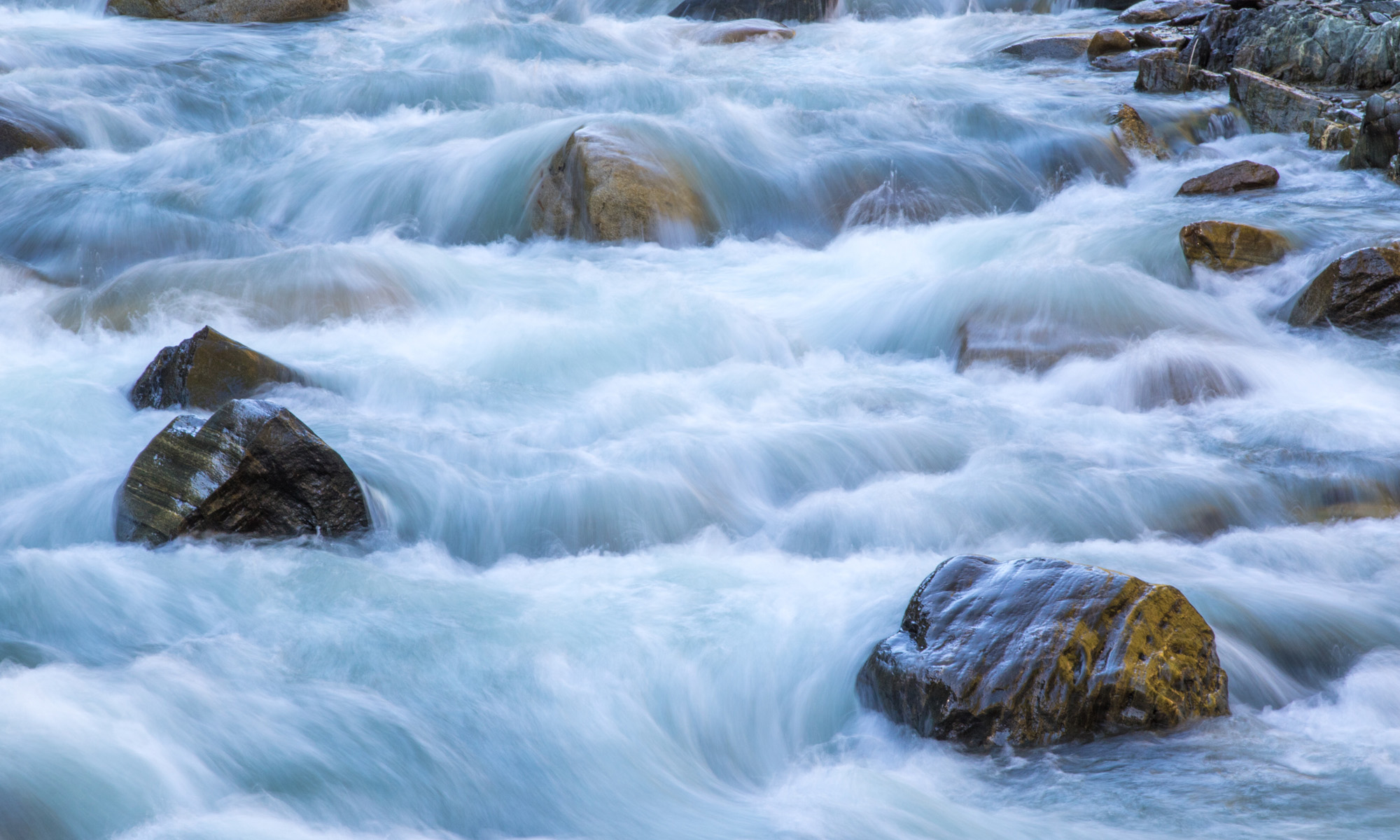Today’s Question: I have changed my import workflow to add a yellow label to new imports to remind me I need to rank them. I use the Auto Advance feature to move to the next image after I give it a flag rating. Is there a way to also automatically remove the label color?
Tim’s Quick Answer: Lightroom Classic doesn’t include a feature that enables you to have a color label removed automatically when you apply a star rating, but there are a couple of approaches you could use that can streamline this process.
More Detail: In my own workflow I assign a red color label to all photos upon import using a metadata preset, which I use as a marker for photos I need to review to identify favorites and outtakes. After assigning star ratings to favorite photos and a reject flag to outtakes, I remove the red color label from the photos.
While Lightroom Classic doesn’t include a feature for removing the color label automatically in this scenario, you could simply select all the images you’ve just reviewed and then remove the color label. For example, if you’ve only reviewed some of the photos in a folder, you could leave the last image you reviewed selected and then hold the Shift key while selecting the first image. If you had already reviewed all the images in the folder, you could use the Select All command to select them all. You can then go to the menu and choose Photo > Set Color Label > None to remove the color label from the selected photos.
If you want to make sure you haven’t forgotten to remove a color label from images you’ve assigned a star rating to, you could use a smart collection to locate those images. One shortcoming of this approach is that it would only catch photos that you have assigned a star rating to but forgot to remove the color label. In other words, images you skipped over as not being a favorite or that you marked for deletion with a Reject flag would not be included in the smart collection.
To create a smart collection, click the plus (+) button to the right of the Collections heading on the left panel in the Library module, and choose Create Smart Collection from the popup menu. In the Smart Collection dialog enter a meaningful name for the smart collection in the Name field. Set the Match popup to “all” and then create just two rules in the section below. One rule can be for the Rating to be equal or greater than one star, and the other can be for images where the Label field matches the color you’ve used for this purpose. Once you create this smart collection, it will automatically contain all photos from your catalog that have a star rating assigned but still have the color label that you use to identify images that haven’t been reviewed yet. You can then remove the color label from images within the smart collection as noted above.
Of course, while Lightroom Classic doesn’t include the ability to automatically remove one metadata attribute when you apply another, it is possible to create this type of capability with custom programming. For the more technically minded, you could create a custom plugin with the scripting language that is built into Lightroom Classic. You can learn more about that option on the Adobe website here:

